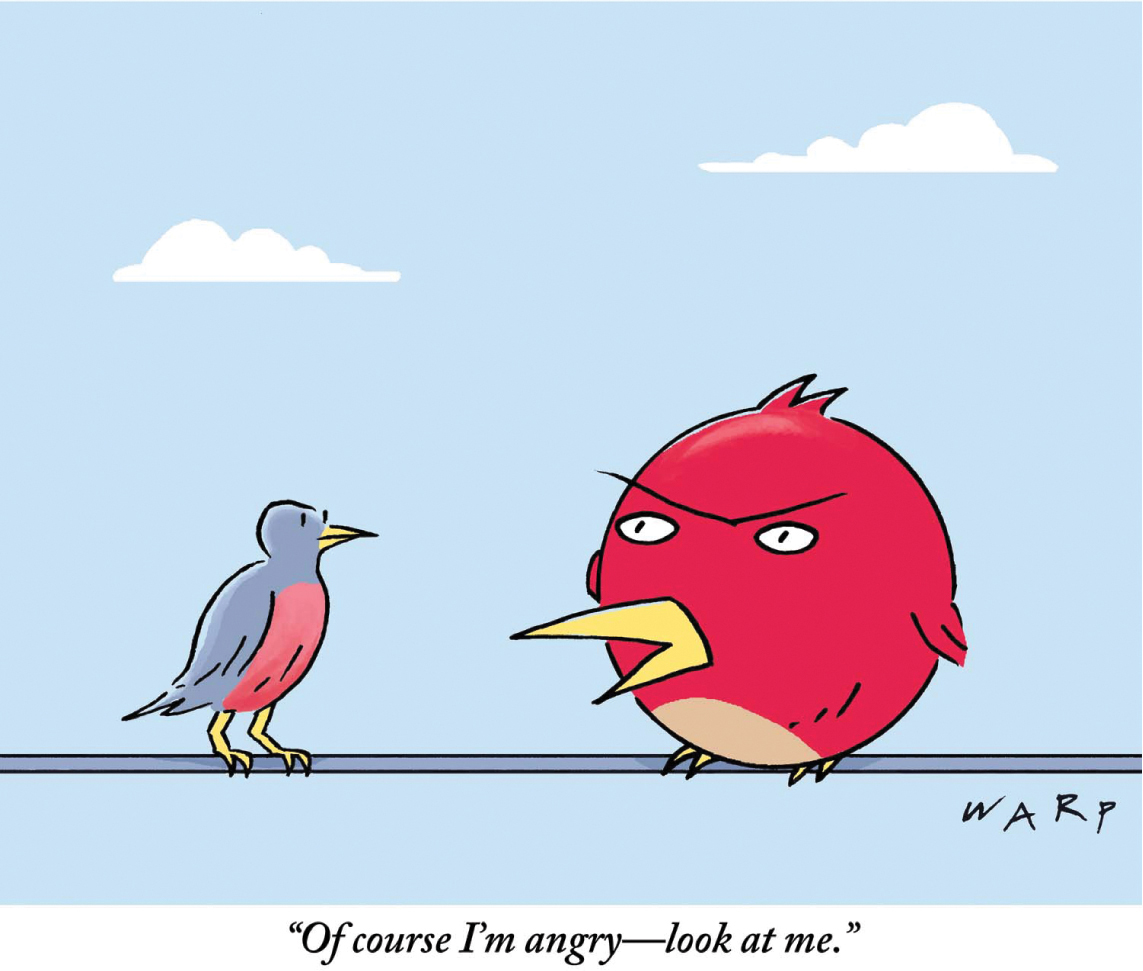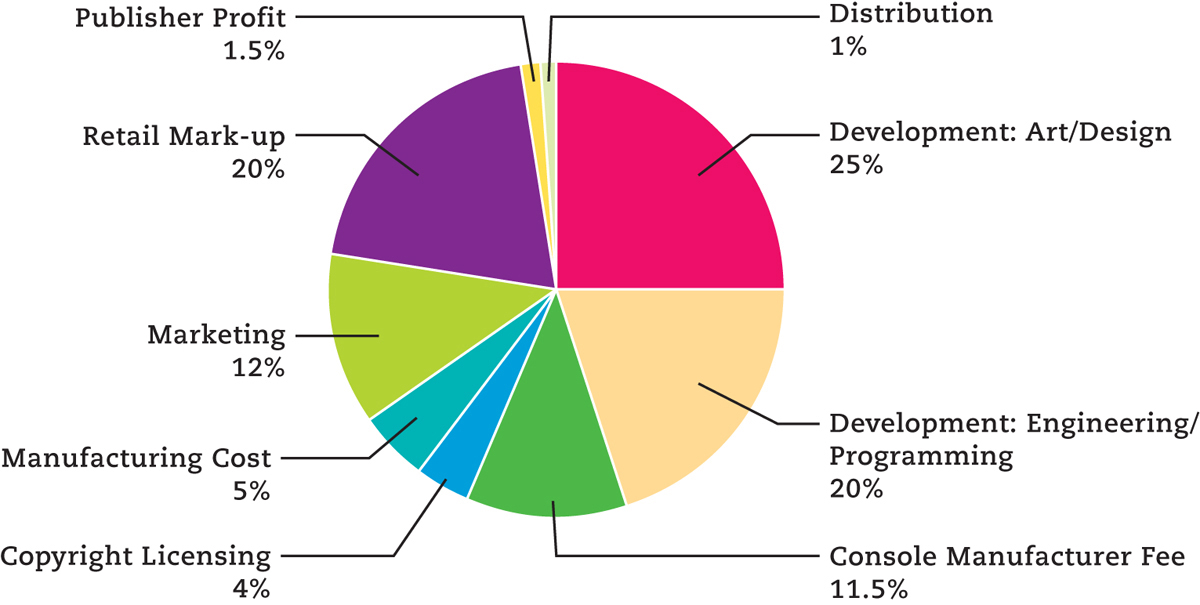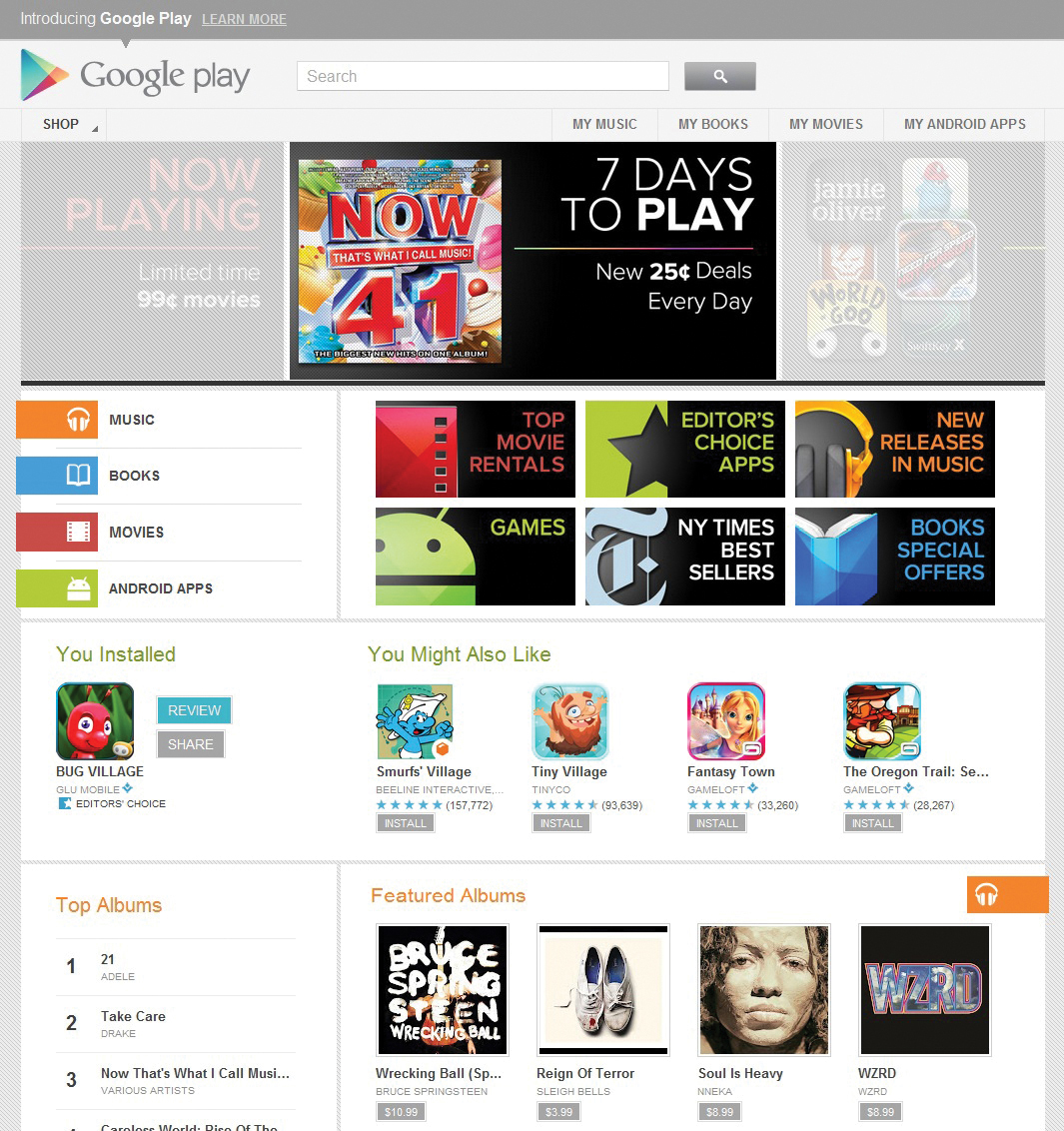The Business of Digital Gaming
Today, about 72 percent of households play computer or video games. The entire U.S. video game market, including portable and console hardware and accessories, adds up to about $20.8 billion annually, while global sales are expected to reach $111 billion by 2015. Thanks largely to the introduction of the Wii and mobile games, today’s audience for games extends beyond the young-
The Ownership and Organization of Digital Gaming
For years, the two major components of the gaming industry have been console makers and game publishers. The biggest blockbuster games are still produced and distributed by the leading game publishers, and many are designed to be played on the leading game consoles connected to big television sets. At the same time, the emergence of game platforms on mobile devices and on social networks has expanded the game market and brought new game publishers into the field.
Console Makers
The video game console business is dominated by three major players: Nintendo, Sony, and Microsoft. Nintendo got its start manufacturing Japanese playing cards in 1889. After seventy-
Sony, also headquartered in Japan, emerged after World War II as a manufacturer of tape recorders and radios (the name Sony is rooted in the Latin word sonus, meaning “sound”). Since then, Sony has been a major player in the consumer electronics industry, producing televisions, VCRs, computers, cameras, and, beginning in the mid-
Continuing the console battle, in 1996 Nintendo released Nintendo 64, a doubly powerful 64-
The main rivalry between Nintendo and Sony was more or less resolved by 1997, with Nintendo claiming the market for children up to age fourteen and Sony’s PlayStation becoming the console of choice for serious young-
And yet into this new world of serious gaming—
Today, Sony’s PlayStation 4 (2013), Microsoft’s Xbox One (2013), and Nintendo’s Wii U (2012) are the leading consoles, providing the most creative, interactive, hyperrealistic, and stimulating entertainments.
Game Publishers
As the video game industry moves away from consoles and toward streaming services, browsers, smartphones, and tablets, game publishers have had to adapt to new technological innovations and predict future media trends, all while still offering good gameplay and stories. In some cases, the game-
More often, game publishers are independent companies, distributing games that play across multiple platforms. Sometimes the publishers are also the developers of the game—
Activision Blizzard was created through the merging of Activision and Vivendi’s Blizzard division in 2008. One half of the company—
Meanwhile, Blizzard Entertainment, established in 1991 as an independent game publisher, has three famous franchises in game publishing: Diablo (1996–
Electronic Arts (EA) got its name by recognizing that the video game is an art form and that software developers are indeed artists; the name Electronic Arts is also a tribute to the United Artists film studio, established in 1919 by three actors and one director—
The company’s big breakthrough, though, was signing a contract with Super Bowl–
Unlike Activision Blizzard, EA has quickly moved toward mobile and social gaming platforms. Electronic Arts acquired PopCap Games, the company that produces both Bejeweled and Plants vs. Zombies, as well as other social media gaming start-

ANGRY BIRDS, Rovio’s popular mobile video game, had over 2 billion downloads across all mobile platforms by 2014. With a mention on NBC’s 30 Rock, a tie-
One of the newest major game publishers, Zynga, was established in 2007 and specializes in casual games. FarmVille, Draw Something, Zynga Poker, and Hidden Chronicles are among its hit games. But in recent years, Zynga’s games on the Facebook platform have lost players to competing developers like King (Candy Crush Saga, Bubble Witch Saga) and Wooga (Diamond Dash, Bubble Island). Zynga’s next step is developing games for mobile devices to decrease its reliance on Facebook.
The most well-
Other top game publishers around the world include Square Enix (Deus Ex, Final Fantasy), Ubisoft (Assassin’s Creed, Rayman), Sega (Sonic the Hedgehog, Super Monkey Ball), THQ (Saints Row, Red Faction), and Namco Bandai (Dark Souls, Tekken).
The Structure of Digital Game Publishing
AAA game titles (games that represent the current standard for technical excellence) can cost as much as a blockbuster film to make and promote. For example, Activision Blizzard’s MMORPG Star Wars: The Old Republic (2012) took six years of production, with hundreds of programmers, writers, and artists working on the game, as well as an untold number of contract workers. Using recorded voice dialogue rather than text, Star Wars: The Old Republic has more voice acting than any previous game, online or off. To get the game ready for its global launch, EA assembled 1.6 million players to test an early version of the game.39 Development, licensing, manufacturing, and marketing constitute the major expenditures in game publishing (see Figure 3.2).

FIGURE 3.2 WHERE THE MONEY GOES ON A $60 VIDEO GAME Data from: Altered Gamer, March 30, 2012, www.alteredgamer.com/
Development
The largest part of the development budget—
Licensing
Independent gamemakers must also deal with two types of licensing. First, they have to pay royalties to console manufacturers (Microsoft, Sony, or Nintendo) for the right to distribute a game using their system. These royalties vary from $3 to $10 per unit sold. (Of course, if a console manufacturer such as Nintendo makes its own games exclusively for the Wii, then it doesn’t have to pay a console royalty to itself.) The other form of licensing involves intellectual properties—stories, characters, personalities, and music that require licensing agreements. In 2005, for instance, John Madden reportedly signed a $150 million deal with EA Sports that allowed the company to use his name and likeness for the next ten years.40
Marketing
The marketing costs of launching an electronic game often equal or exceed the development costs. The successful launch of a game involves online promotions, banner ads, magazine print ads, in-
Selling Digital Games
Just as digital distribution has altered the relationship between other mass media and their audiences, it has transformed the selling of electronic games. Although the selling of $60 AAA console games at retail stores is an enduring model, many games are now free (with opportunities for hooked players to pay for additional play features), and digital stores are making access to games almost immediate.
Pay Models
There are three main pay models in the electronic game industry: the boxed game/retail model, the subscription model, and free-
The boxed game/retail model is the most traditional and dates back to the days of cartridges on Atari, Sega, and Nintendo console systems from the 1970s to the 1990s. By the 1990s, games were being released on CD-
Some of the most popular games are also sold via subscription models, in which gamers pay a monthly fee to play. Notable subscription games include World of Warcraft and Star Wars: The Old Republic. Subscriptions can generate enormous revenue for game publishers. At its height of popularity, World of Warcraft earned more than $1 billion a year for Activision Blizzard.43 Players first buy the game (either boxed or as a download at $19.99, with expansions costing $29.99–
Free-
Video Game Stores

MAJOR GAME FRANCHISES like Call of Duty from Activision receive launches that rival the biggest film events (like The Avengers or the Transformers movies) or book publications (like Harry Potter or The Hunger Games). In fact, the most popular games can match the grosses of the year’s biggest movies in a matter of days, thanks to sky-
Apart from buying boxed game titles at stores like Walmart, Best Buy, and Target, or online stores like Amazon, there is really only one major video game store chain devoted entirely to new and used video games: GameStop. The chain, which started in Dallas, Texas, in 1984 as Babbage’s, today operates more than sixty-
Today, the traditional brick-
Digital Distribution
With the advent and growing popularity of digital game distribution, game players don’t need to go to a department store or retail game shop to buy video games. All three major consoles are Wi-
Although the three major console companies control digital downloads to their devices, several companies compete for the download market in PC games. The largest is Steam, with more than seventy-
Of course, the most ubiquitous digital game distributors are Apple’s App Store and Google Play, where users can purchase games on mobile devices. Although Google’s Android system has surpassed the iPhone in market penetration, Apple customers are more likely to purchase apps, including games. This has drawn more independent developers to work in the Apple operating system. As one technology writer summarized, “Quite simply, developers have long known that Apple device owners are closely locked into the Apple ecosystem, with credit cards on file.”46
Alternative Voices
The advent of mobile gaming has provided a new entry point for independent game developers. As Canadian Business magazine noted, the cost of entry has decreased substantially. “The average cost of making a major console game for Xbox 360 and PlayStation3 is about $20 million, but almost anyone can churn out a new game app for the iPhone. And independent developers need only pay Apple’s $99 fee for a developer’s account to get their creations to the market—
But even so, time and money are still required to develop quality games. Many independent game developers and smaller game companies, shunned by big game publishers who are focused on the next big blockbuster games, are finding funding through Kickstarter, the crowdsource fund-

GOOGLE PLAY, formerly known as the Android Market, allows Android users to browse and download their favorite video games directly to their mobile devices. And while it has been shown that Apple customers are more likely to purchase apps, Google Play kept pace with Apple’s App Store, with 1.2 million apps available by 2014. Google, Inc. Reprinted by permission.